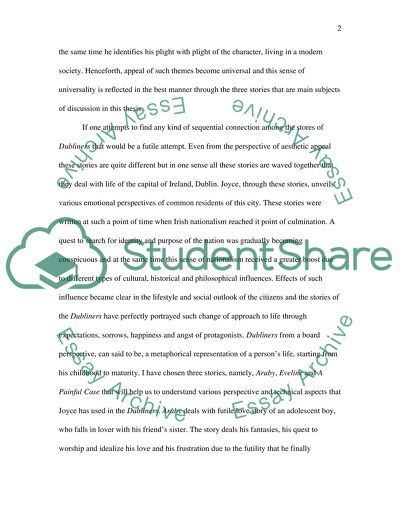Cite this document
(“Dubliners Essay Example | Topics and Well Written Essays - 2500 words”, n.d.)
Retrieved from https://studentshare.org/miscellaneous/1551981-dubliners
Retrieved from https://studentshare.org/miscellaneous/1551981-dubliners
(Dubliners Essay Example | Topics and Well Written Essays - 2500 Words)
https://studentshare.org/miscellaneous/1551981-dubliners.
https://studentshare.org/miscellaneous/1551981-dubliners.
“Dubliners Essay Example | Topics and Well Written Essays - 2500 Words”, n.d. https://studentshare.org/miscellaneous/1551981-dubliners.


